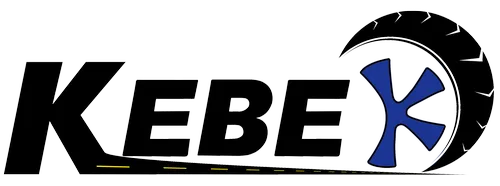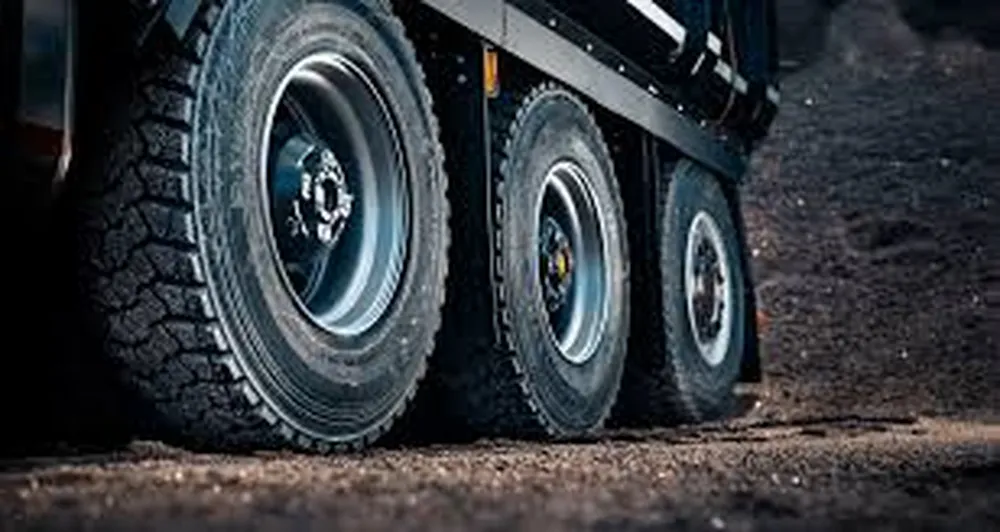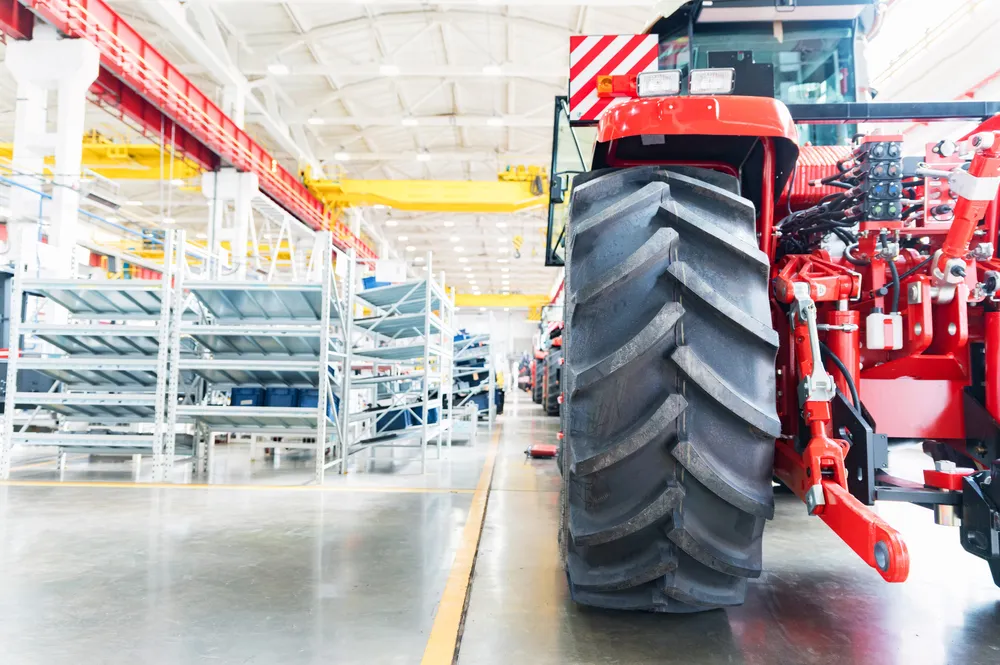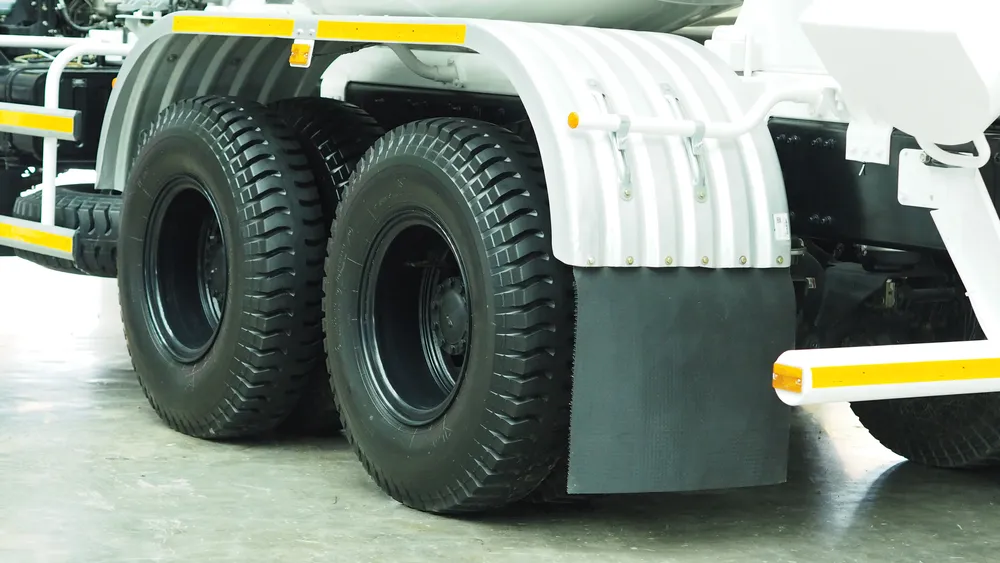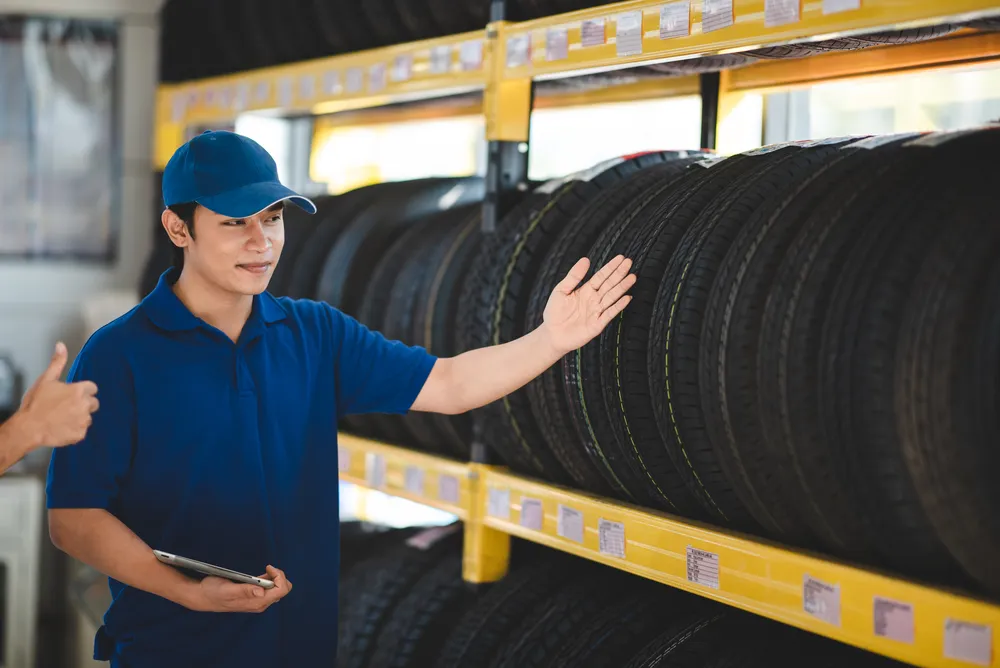In the world of commercial transportation, TBR (Truck and Bus Radial) tires play a critical role in ensuring safety, reliability, and cost efficiency. Designed specifically for heavy trucks, trailers, and buses, TBR tires are built to withstand high mileage, heavy loads, and diverse road conditions—making them essential for logistics fleets and public transportation systems worldwide.
This article explores how TBR tires enhance vehicle performance across various applications, the key technologies behind their durability, and how proper tire selection and maintenance can reduce total operating costs.
- What Are TBR Tires?
TBR stands for Truck and Bus Radial, referring to tires designed with radial construction technology for medium and heavy-duty commercial vehicles.
Unlike bias-ply tires, radial tires feature steel belts arranged perpendicularly to the tread, providing greater flexibility, lower rolling resistance, and longer tread life.
These characteristics make TBR tires ideal for:
- Long-haul trucks and trailers
- Regional delivery vehicles
- City buses and coaches
- Construction and logistics fleets
In short, TBR tires are the backbone of modern freight and passenger transport.
- Applications Across Different Transportation Segments
🔸 Long-Haul Transportation
For highway operations covering thousands of kilometers, tires must balance fuel efficiency and tread longevity.
Key requirements:
- Low rolling resistance for better fuel economy
- Excellent heat dissipation to handle continuous high speeds
- Strong casing design for retreading and extended service life
🔸 Regional and Urban Distribution
City and regional delivery trucks frequently stop, start, and turn on mixed road surfaces.
Key requirements:
- Enhanced tread grip and braking performance
- Reinforced sidewalls for curb impact resistance
- Low noise and smooth driving comfort
🔸 Public Transport and Bus Fleets
Buses demand stable handling and passenger comfort, especially in hot urban environments.
Key requirements:
- Superior ride stability and wet grip
- Long-lasting tread for frequent braking
- Even wear and heat resistance under heavy load cycles
🔸 Construction and Industrial Transport
Vehicles operating near construction zones or industrial facilities encounter uneven surfaces and debris.
Key requirements:
- Strong puncture and cut resistance
- Robust shoulder design
- Deep tread for traction on mixed surfaces
- Advanced Construction and Technology
TBR tires are engineered using advanced materials and design features to deliver consistent performance and safety.
Here are the core technologies that set them apart:
- Steel-Belted Radial Structure: Provides high strength, even tread wear, and better retreadability.
- Optimized Tread Compound: Balances wear resistance with grip and heat control.
- Low Rolling Resistance Design: Improves fuel efficiency, reducing CO₂ emissions.
- Stone-Ejector Grooves: Prevent stone trapping and reduce casing damage.
- Reinforced Bead and Sidewall: Ensures durability during high-load operations.
These innovations enable TBR tires to meet the high-performance standards of modern logistics and transportation fleets.
- Benefits of Using High-Quality TBR Tires
Investing in premium TBR tires provides measurable benefits across the entire fleet operation:
- Improved Fuel Efficiency: Lower rolling resistance reduces fuel consumption.
- Longer Tread Life: Advanced compounds extend mileage and reduce replacement frequency.
- Enhanced Safety: Better traction, braking, and heat management minimize accident risks.
- Retread Capability: Durable casings allow multiple retread cycles, lowering lifecycle cost.
- Reduced Downtime: Reliable performance prevents blowouts and unplanned stops.
These advantages translate into substantial cost savings for fleet operators and transport companies.
- TBR Tire Maintenance for Maximum Performance
To achieve the best return on investment, proper maintenance is crucial.
Recommended practices include:
- Regular Air Pressure Checks: Incorrect inflation leads to uneven wear or casing damage.
- Tread Depth Monitoring: Replace tires before reaching the legal wear limit.
- Alignment and Balancing: Ensures even tread wear and optimal handling.
- Rotating Tires Periodically: Extends overall tire life and performance consistency.
- Retreading Inspection: Reuse durable casings to reduce total ownership cost.
Routine inspections and data-driven maintenance can increase tire lifespan by up to 30%.
- Sustainability and the Future of TBR Tires
As global logistics adopt greener practices, the TBR tire industry is evolving toward sustainability.
Modern advancements include:
- Eco-Friendly Compounds: Using silica-based tread materials to reduce fuel consumption.
- Smart Tire Monitoring Systems: Real-time pressure and temperature tracking to prevent failures.
- Retreading and Recycling Programs: Extending tire life and reducing waste generation.
Fleet managers who adopt these innovations can enhance both performance and environmental responsibility.
Conclusion: Reliable TBR Tires Keep Your Fleet Moving Forward
From long-haul trucking to city bus fleets, TBR tires are the driving force behind efficient and safe transportation. Their advanced radial design, superior durability, and fuel-saving performance make them indispensable for any professional fleet.
Choosing the right TBR tire supplier—one that offers consistent quality, reliable after-sales support, and customized solutions—ensures your vehicles operate with maximum uptime and minimum total cost.
In today’s competitive logistics landscape, every kilometer matters. Equip your fleet with high-performance TBR tires and keep your business moving forward with confidence.
